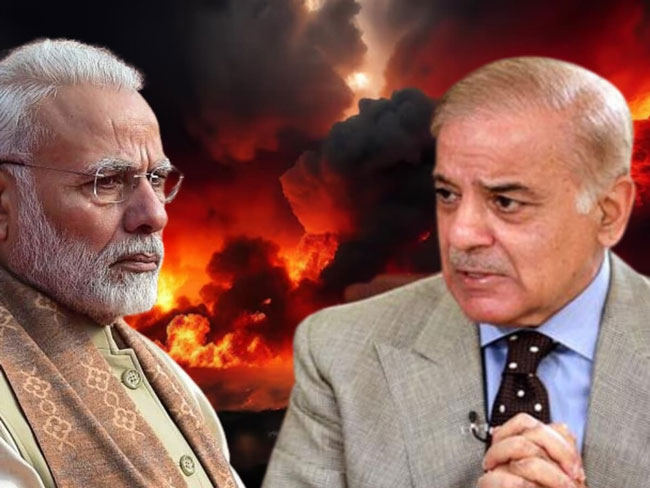The picturesque valleys of Pahalgam in Jammu and Kashmir were plunged into shock and grief as Pakistan-backed terrorists carried out a brutal massacre, claiming the lives of 28 innocent civilians. This attack sent shockwaves throughout the nation, highlighting once again the relentless cross-border terrorism.
In response, India did not just react with words but took swift and decisive diplomatic and strategic actions. The government has suspended the Indus Waters Treaty, a historic agreement that India had respected for decades. Furthermore, civilian movement at the Attari-Wagah border has been halted, India has recalled its diplomatic staff, and military advisors at the Pakistan High Commission have been sent packing.
These actions make it clear: India’s foreign policy has now shifted from a softer approach to one of firm and assertive stance.
Military Experts Advocate for Direct Action
A significant section of former military officials is now calling for direct military action rather than limited operations like surgical strikes. They argue that the true root of terrorism lies in Rawalpindi, where the Pakistani military controls operations. Until the Pakistani military is dealt with, they believe the bloodshed in Kashmir will continue.
Pakistan’s Military Power: No Match for India
Historically, India and Pakistan have fought four wars, and each time, Pakistan has suffered a crushing defeat. Though the nature of modern warfare has changed, and both countries possess nuclear weapons, experts agree that Pakistan remains unable to challenge India militarily.
According to the Global Firepower Index, India ranks 4th in global military power, while Pakistan lags at the 12th spot. India boasts a military force of 1.45 million active personnel and 1.15 million reservists, while Pakistan’s active force stands at around 650,000 with 550,000 reserves.
India Leads in Weaponry and Technology
India clearly outshines Pakistan when it comes to defense weapons. It has a significantly larger arsenal of tanks, armored vehicles, and artillery. India’s Pinaka rocket launcher system is far more advanced and effective than Pakistan’s Fatah system.
In terms of missiles, India possesses highly sophisticated systems such as BrahMos, Agni-V, Prithvi, and Pralay, all of which are capable of carrying nuclear warheads. In contrast, Pakistan’s Shaheen, Ghaznavi, and Babur missiles are technologically inferior and have limited range.
Naval and Air Supremacy
India’s naval capabilities include two aircraft carriers and three nuclear submarines, assets that Pakistan does not have. In terms of air power, India commands 513 fighter jets, compared to Pakistan’s 328.
India is now part of the exclusive club with a nuclear triad, meaning it can launch nuclear attacks from land, sea, and air. This capability is well beyond Pakistan’s reach.
Conclusion: A Clear Shift in India’s Strategy
The tragedy in Pahalgam has not only been a moment of grief but a clear turning point. India is no longer willing to tolerate provocations under the guise of peace. The message is unequivocal—restraint should not be mistaken for weakness, and those who continue to spill blood in Kashmir will face the full force of India’s military might.




